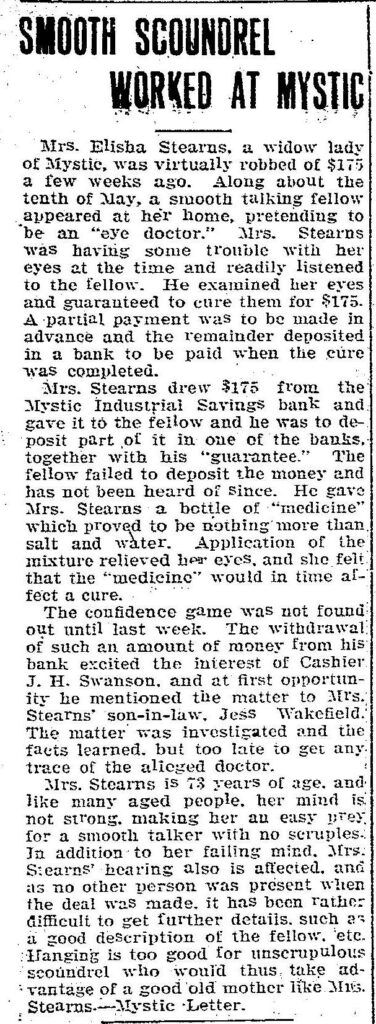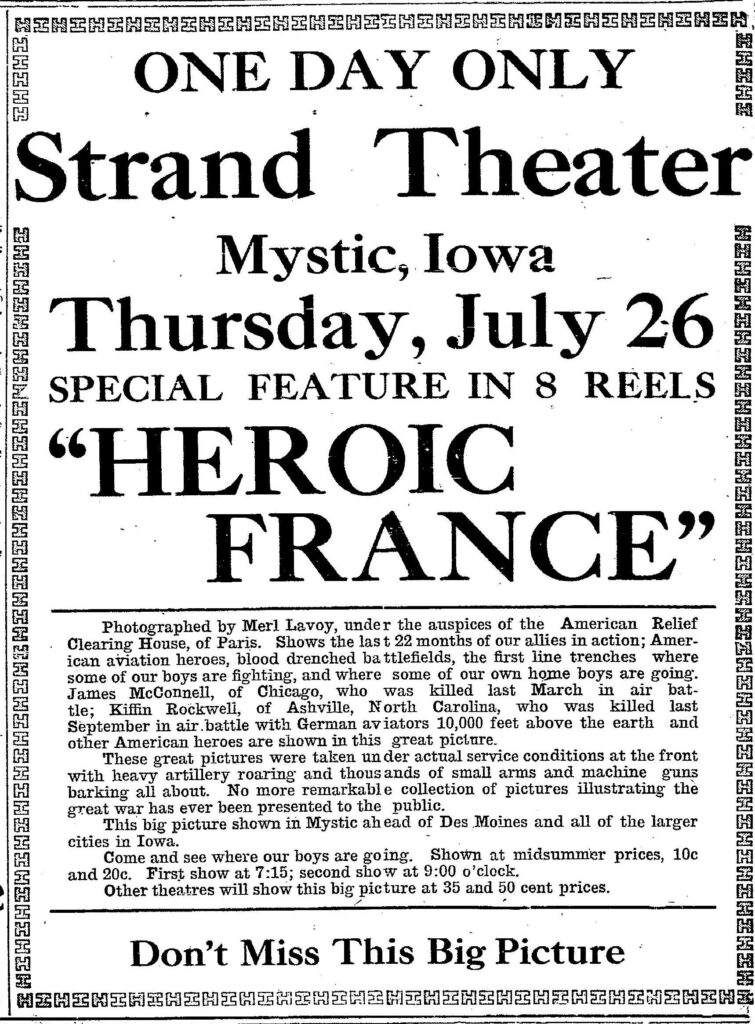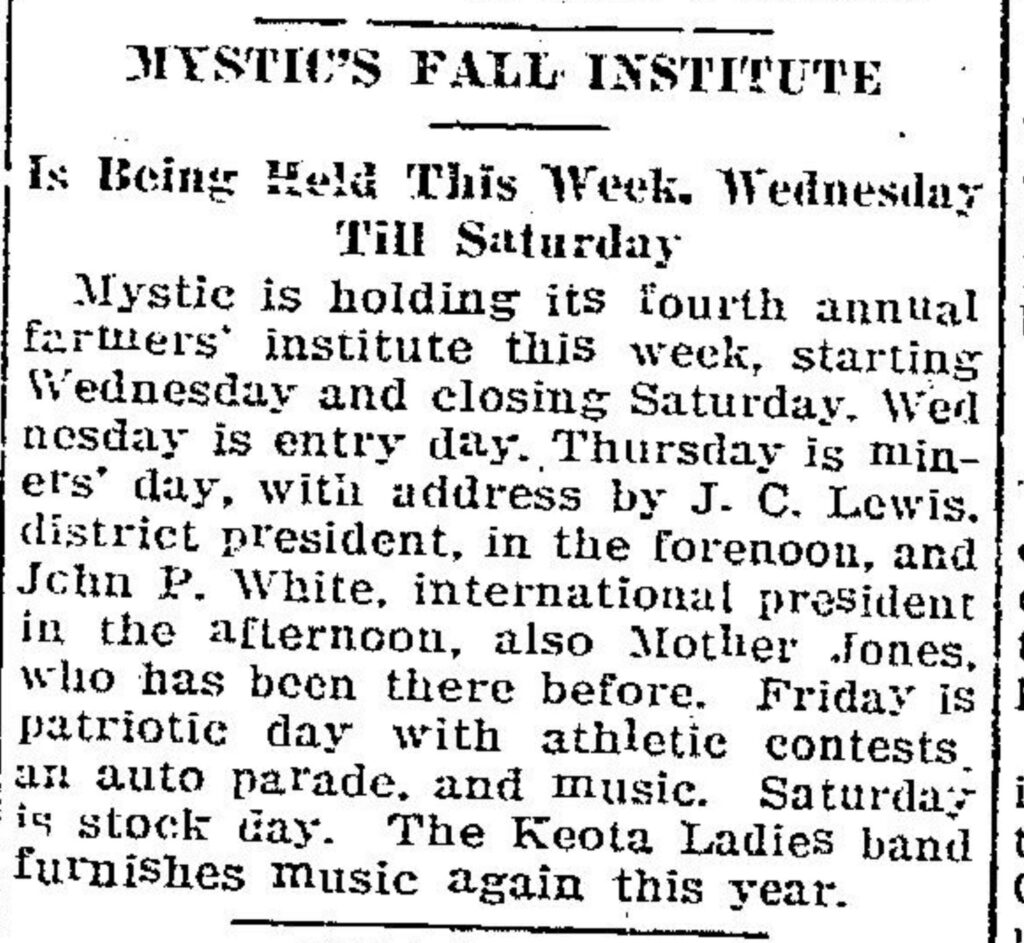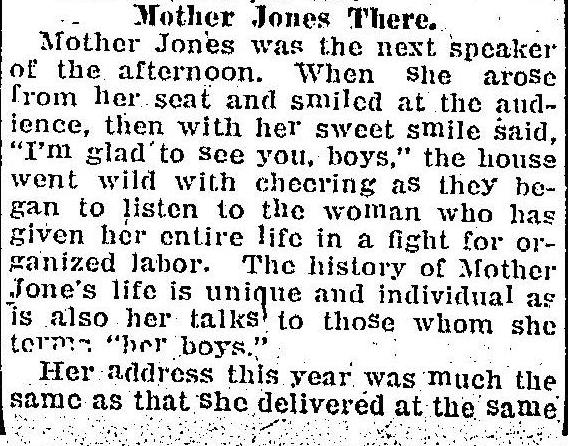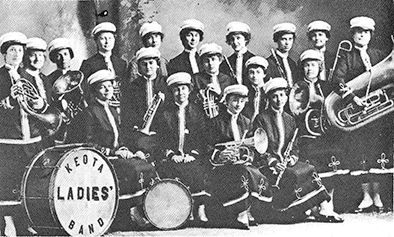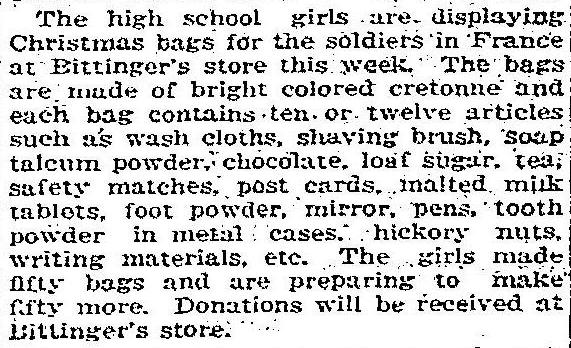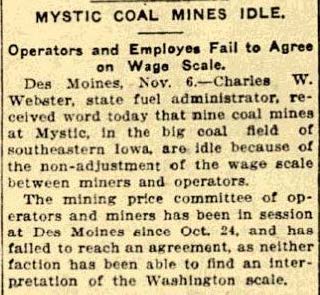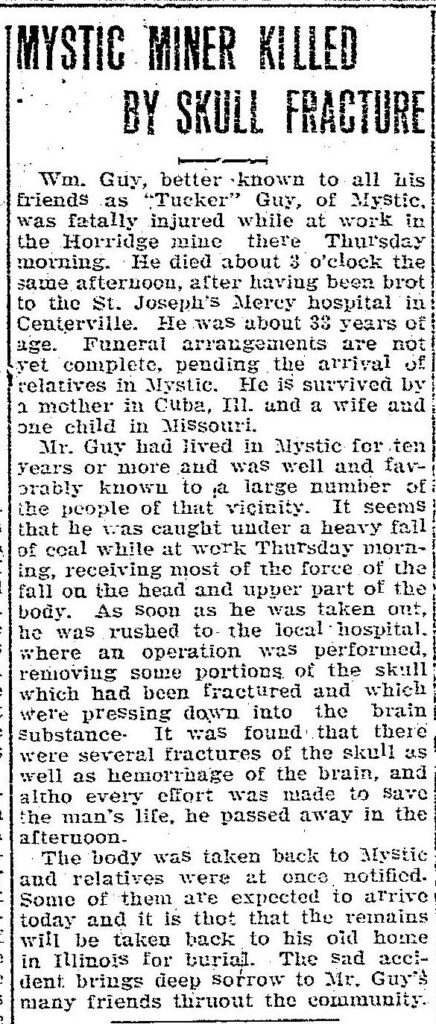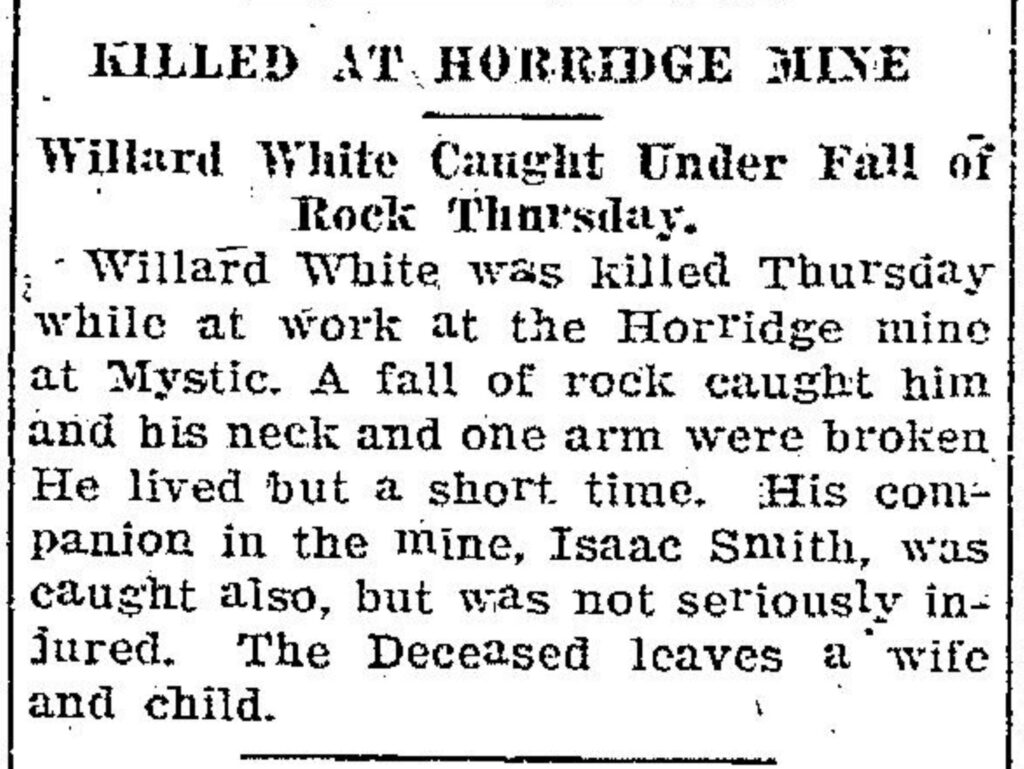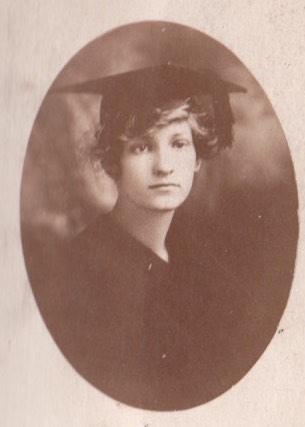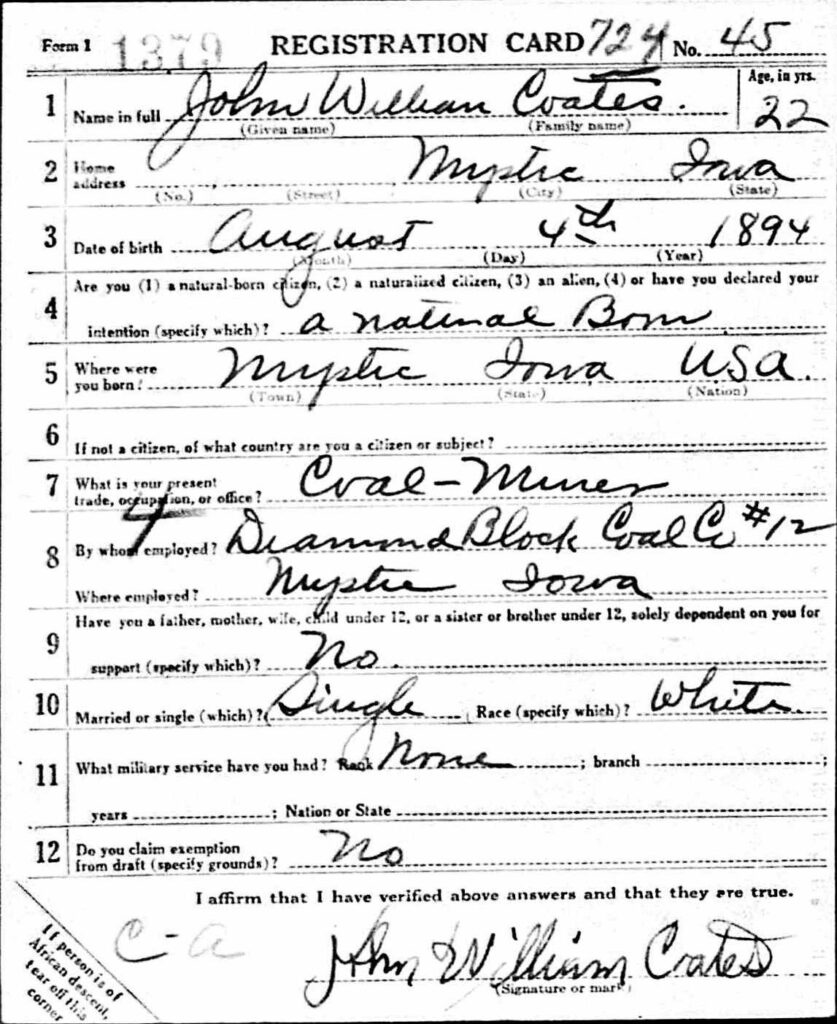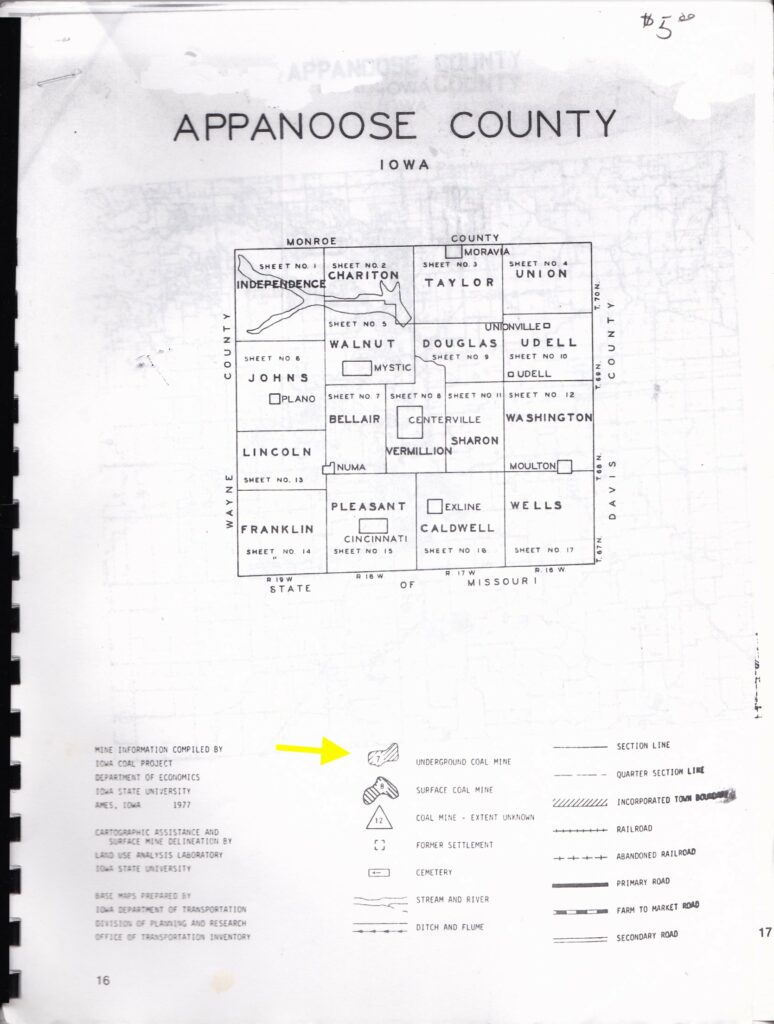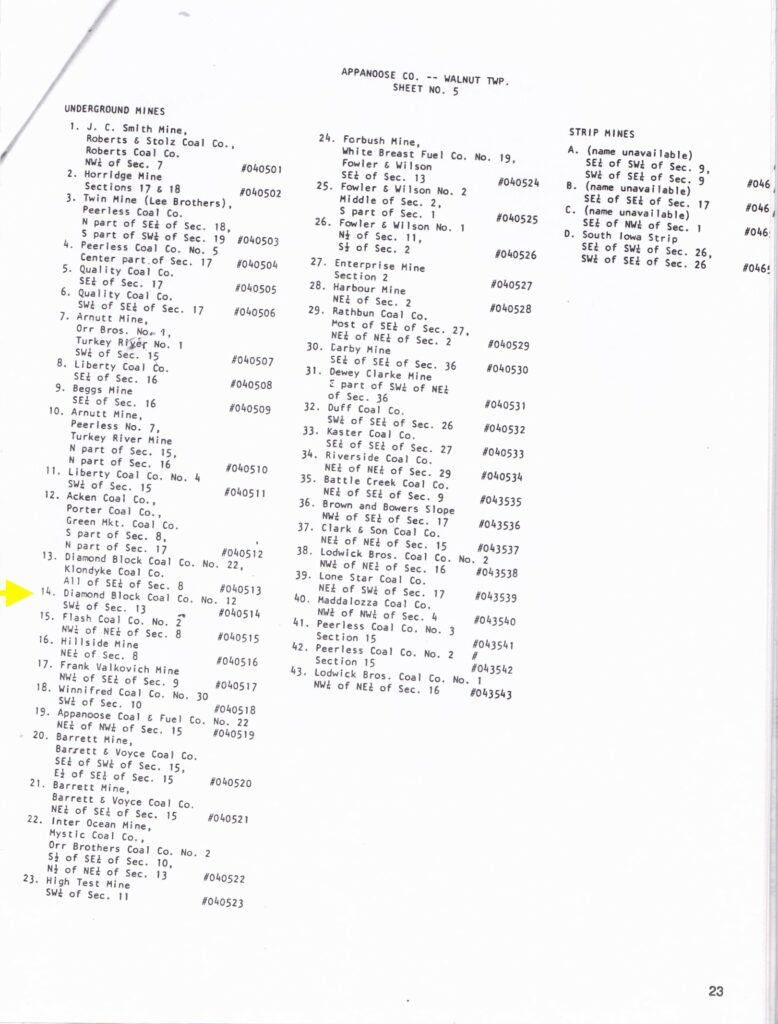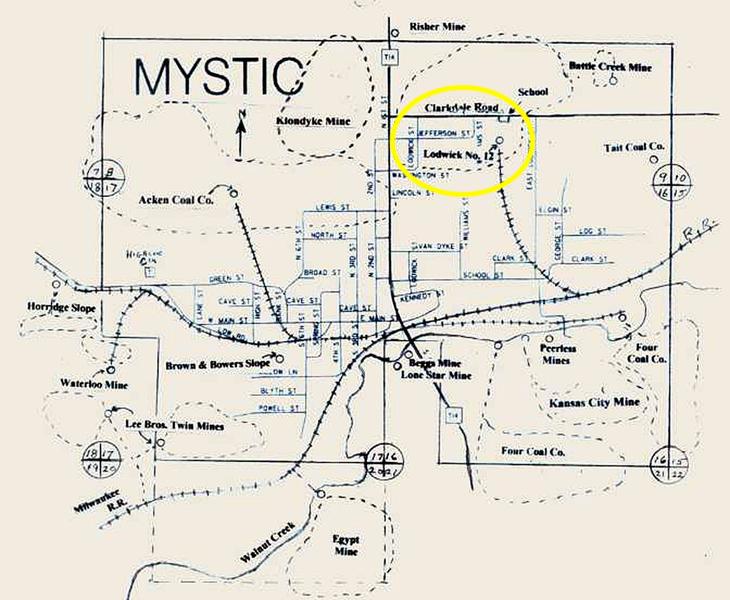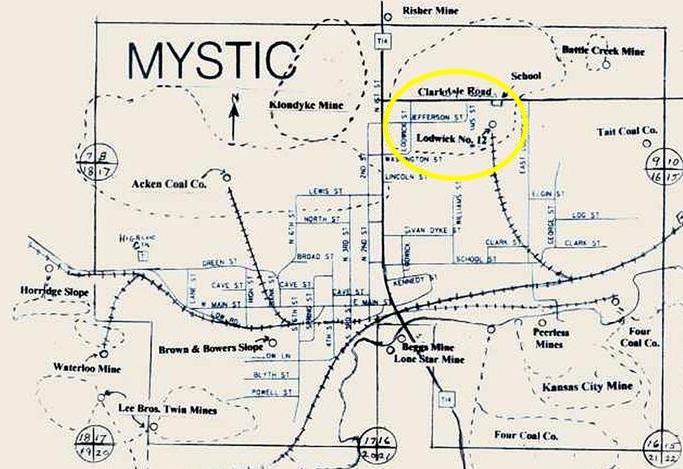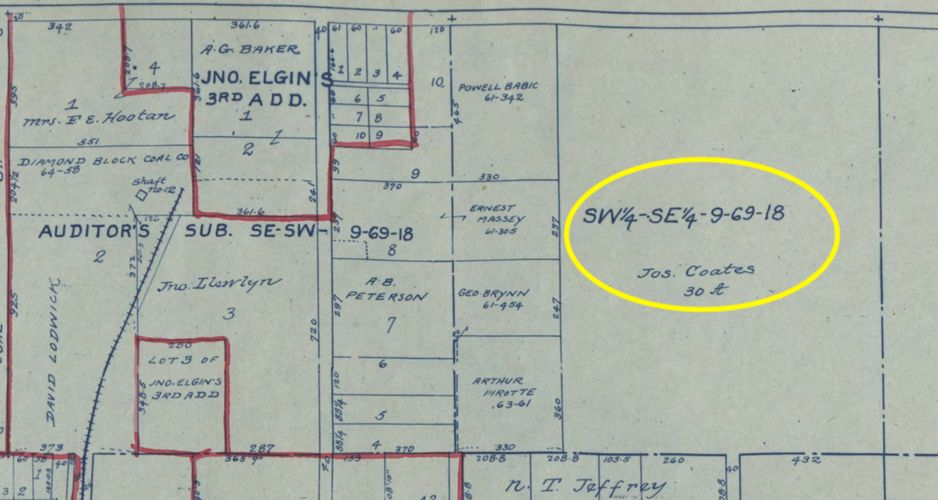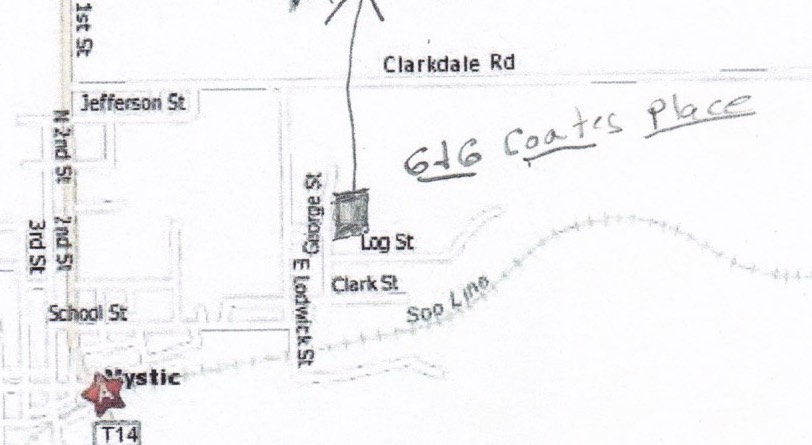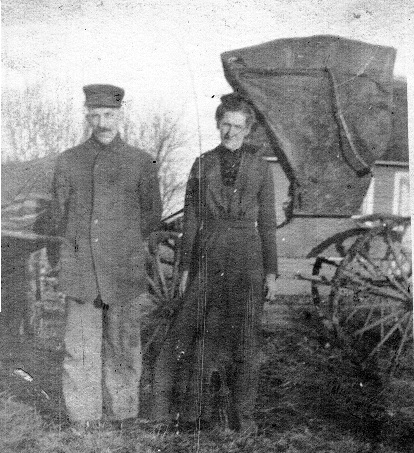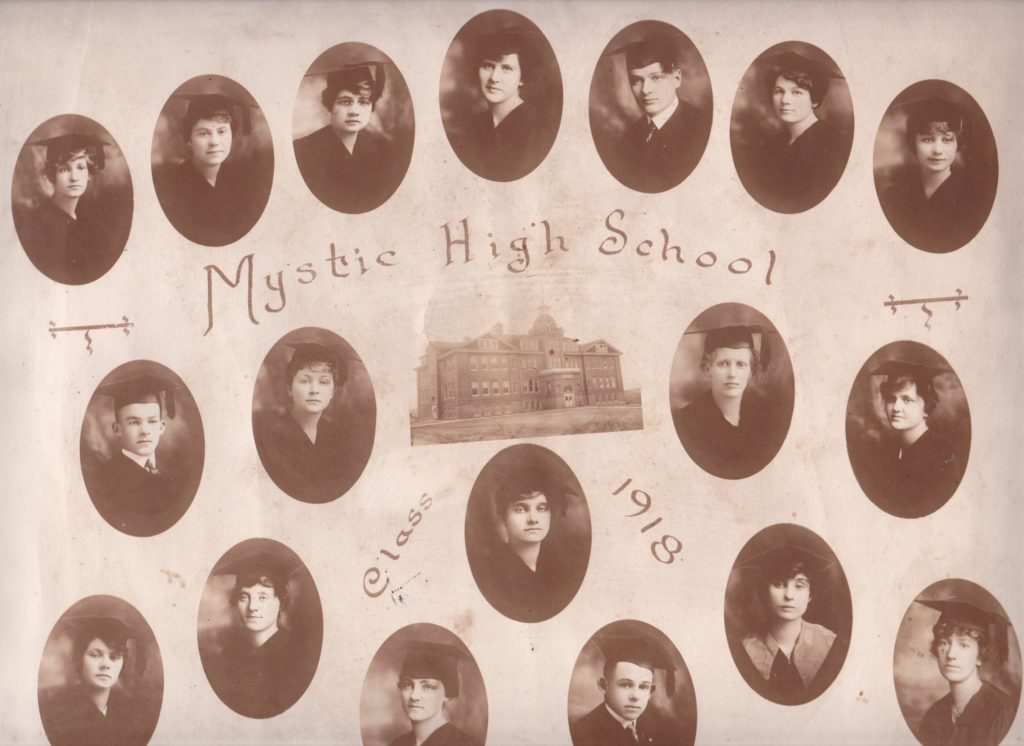
I shared a photo of my grandmother Eveline Coates’ high school graduating class in Mystic, Iowa a few weeks (now months!) ago. Along with the photo and her diploma, a couple of other mementos were saved. One is the program for the Junior-Senior Banquet in honor of the graduating Seniors. It was interesting to see how World War I seemed to be the overarching theme of the festivities. I decided to take a deeper look at what her life may have been like during the 1917-1918 school year. There was a lot going on, a war and the beginning of an influenza pandemic to name the two biggies. The list of related posts is getting long, so I’ll link them at the bottom.
The prompt photo from Sepia Saturday made me think of social gatherings – and gossip. Be forewarned – I’ll be galloping all over the place in this post. I’ve gleaned so many little tidbits from old newspapers and it’s a shame not to use them after all those hours of reading. But I’d also like to finish this series before my hair turns completely gray, so the chase is on!

Like most local newspapers at the time, the papers that served Appanoose County had columns devoted to the comings and goings of the townspeople. Who had callers, who went shopping in another town, who is sick, weddings, funerals … There are mentions of parties and picnics and ice cream socials, and if a researcher is lucky, names are named. Unfortunately, Eveline’s family rarely made mention in the newspaper. I suppose the names that show up frequently belong to the families of professionals, business owners and mine owners – not so much the families of the mine workers.
I did find that one mention of Eveline having a party at the bridge during the summer before her senior year. What might Eveline and her friends have talked about? If the party was just her girl friends, I’d guess cute boys, “mean” teachers, movies and movie stars, who has smallpox, and whose older brother might be called up for duty next. But the newspaper says she entertained her class for the party, so maybe there were some cute boys there to talk to rather than talk about – looking a bit like the smiling young woman in the prompt photo? Eveline had just become an aunt, so she may have bragged about her niece.
A story the young people may have enjoyed involved the day marshal losing his pants.
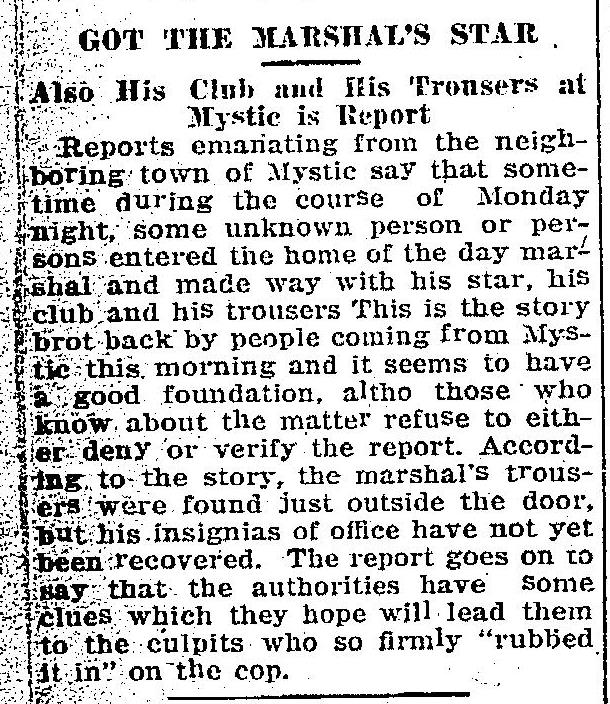
Would a group of teenagers have talked about the scoundrel who fleeced an elderly woman by pretending to be an eye doctor? The news hit the local paper just days before Eveline’s party.
Did any of them plan to attend the special feature at the Strand Theater about the war in France?
I wonder what food Eveline served at her party. Sandwiches? Homemade root beer? Apple slices? Cookies? Cake?
There were several recipes in the newspaper that summer and I decided to try one. Two that sounded good (because I have a sweet tooth) and easy are a recipe for gingersnaps and spice cake. I decided to bake the cake because it is just too hot to keep opening the oven for cookies. (Day 42 of triple digit temperatures this summer. Ugh!) I even made it without using an electric mixer. I think this cake would have made a fine addition to Eveline’s party, or any social gathering.

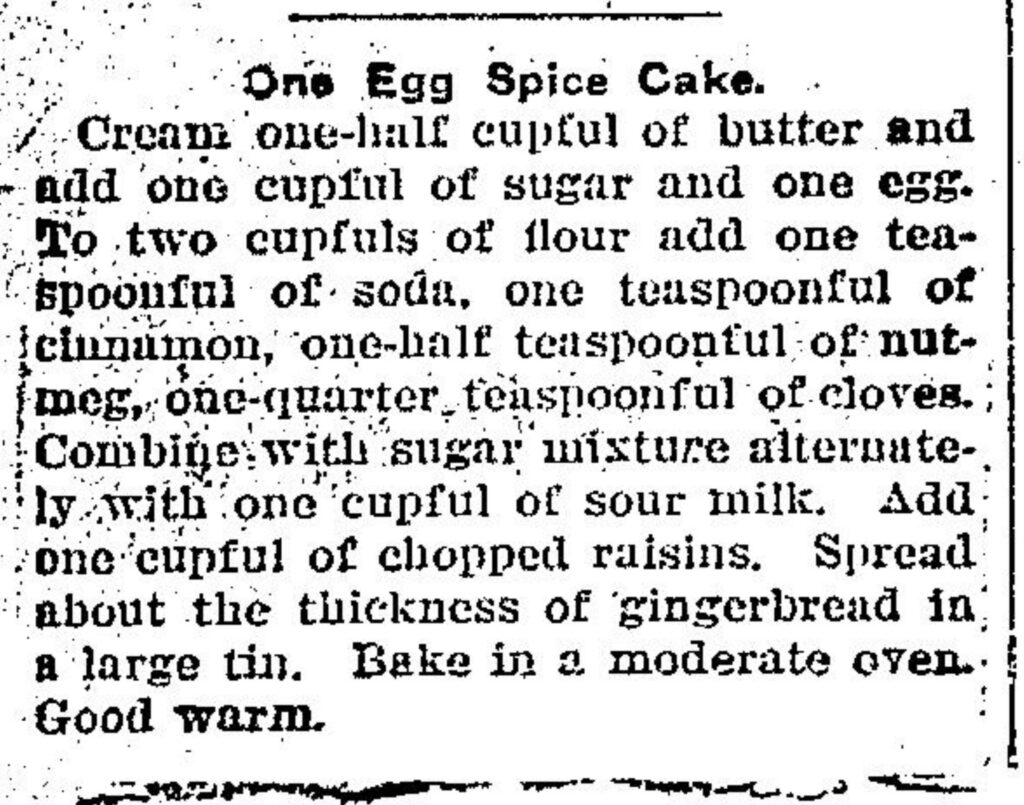

A big event in September was Mystic’s Fall Institute.
Although referred to as the fourth annual farmers’ institute, this event was not just of interest to farmers. Thursday was miners’ day, and with notable speakers. It appears that John P. White, although scheduled to attend, was not there. But “Mother” Jones was. That was a surprise to me.
Here is how the day was described in the local newspaper. (I’ve divided the article into sections.)
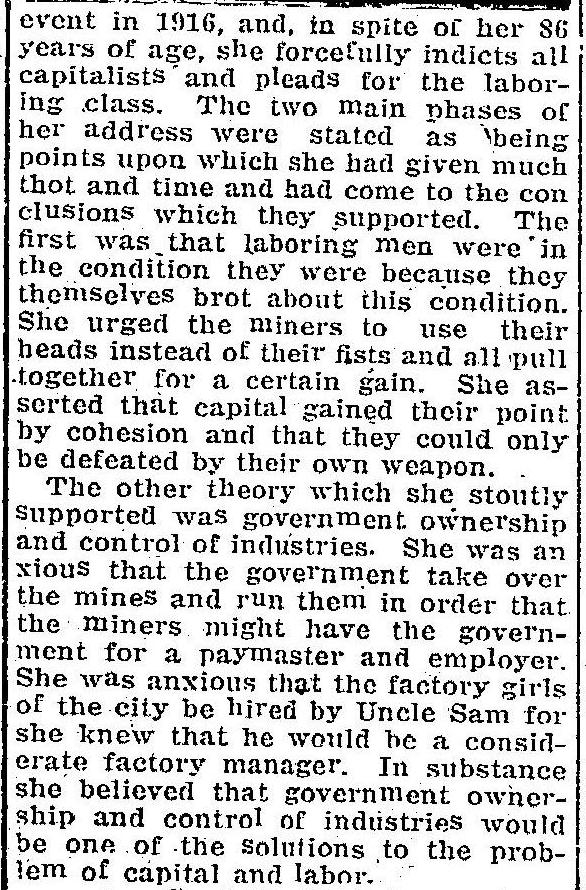
Mother Jones looks matronly and perhaps motherly in the photo below, taken after a visit to the White House in 1924. She certainly aged well.

The video below is a reenactment of a speech Mother Jones gave in West Virginia in 1920. Although it is not her speaking, you can get a sense of her fiery style. Mother Jones was 86 in 1917 and gave the speech below in 1920. I didn’t know much about Mother Jones before I started working on this post. She was quite a woman.
Mother Jones’ maiden and given name was Mary Harris – the same name as Eveline’s mother. I wonder if that added even more incentive for the Coates family to hear her speak. The paper reported that the crowd packed the Strand Theater.
Continuing the article about miners’ day:

Even if Eveline wasn’t interested in the speeches, she may have wandered the displays, listened to the band, and watched the parade. I’ll bet people talked about the Fourth Annual Farmers’ Institute for weeks.
In October, local high school girls prepared Christmas bags for soldiers in France. Eveline’s brother John had registered for the draft and was awaiting his call to service. I can imagine that Eveline would be interested in helping with this effort. The assembly of the bags would have necessitated a few gatherings of the girls and they planned to make an additional fifty. I had to look up what kind of fabric cretonne is: a strong cotton or linen cloth used especially for curtains and upholstery.
The temperance movement was active in Appanoose County. A plan for a county campaign was made in September. An important part of that plan was to involve all of the churches in the county.
Below is a report on one of those church temperance meetings in the nearby community of Cincinnati.
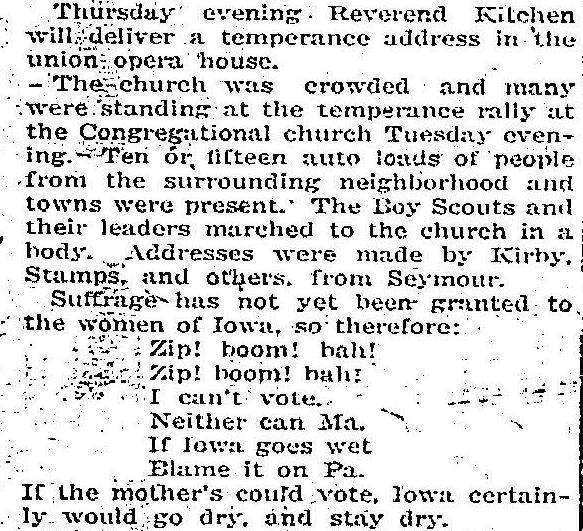
There was no alcohol in adult Eveline’s home. An aunt told me that my grandfather brought home beer one time and Grandma poured it down the sink. I guess the prohibition movement had a lasting impact on her. As a teenager, what were her thoughts on a woman’s right to vote? We never talked about it, nor do I know if and how regularly she voted. Her parents never became naturalized citizens, so they never voted, but her brothers would be able to vote. The autobiography she wrote when she was sixteen showed me that she had some spunk, a competitive streak, and that she sometimes got a little riled up over perceived injustice. But I can’t know her opinion. I also wonder if and how these issues were talked about in school.
November brought a short-lived walk-out at nine of the mines in Mystic. I didn’t fully research the ins and outs of the wage dispute, but the local union leaders were in talks by mid October. Perhaps Mother Jones set a fire under them. Walk outs and strikes affect everyone in a mining community, so it must have been on many a mind and tongue.
Another political issue that had tongues wagging and letters to the editor being written was enforcement of the “blue laws” that had evidently not been strictly enforced previously.
During the winter months, there was a blizzard that shut things down for a few days – including trains and pay checks. In an effort to save fuel, the Methodist Church offered to host other congregations in their building.
The local law enforcement made several raids and arrests for gambling and drunkenness during the spring. All fodder for gossip.

I’ll end on a positive note.
Shortly after graduation, Eveline took a course to be eligible to teach. I’m sure that this commendation gave her a sense of pride in her school and teachers.
Thank you for sticking with me on the hunt for news and gossip. I have more! But not for today.
Please visit other Sepia Saturday participants here: Sepia Saturday. And if you would like to read other posts about Eveline’s Senior Year, you can find them here:
Eveline’s Senior Year, Part 1
Eveline’s Senior Year: The Draft and a Carnival
Eveline’s Senior Year: A Look Around Town
Eveline’s Senior Year: Musical Notes
Eveline’s Senior Year: Smallpox
Eveline’s Senior Year: What are you Serving?
Eveline’s Senior Year: Root Beer on the 4th
Eveline’s Senior Year: Miners, Miner and Maps
Eveline’s Senior Year: The Weight of Mining

